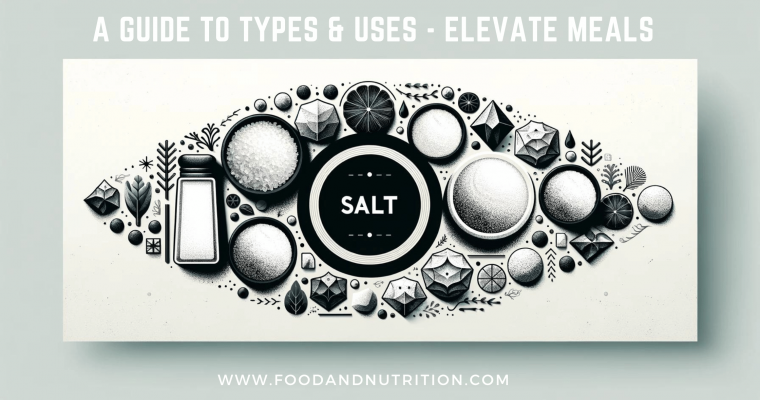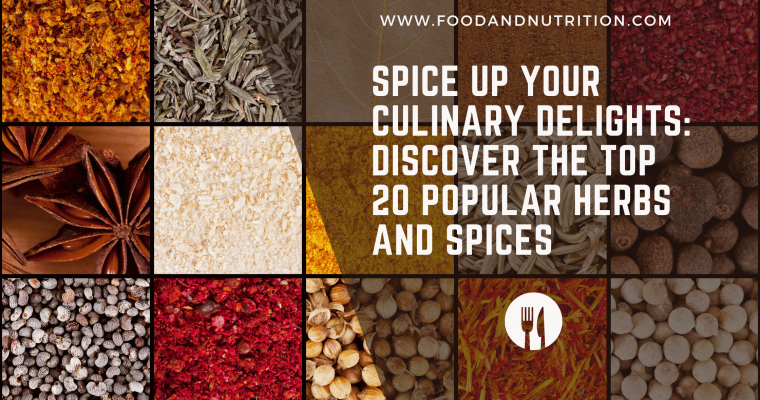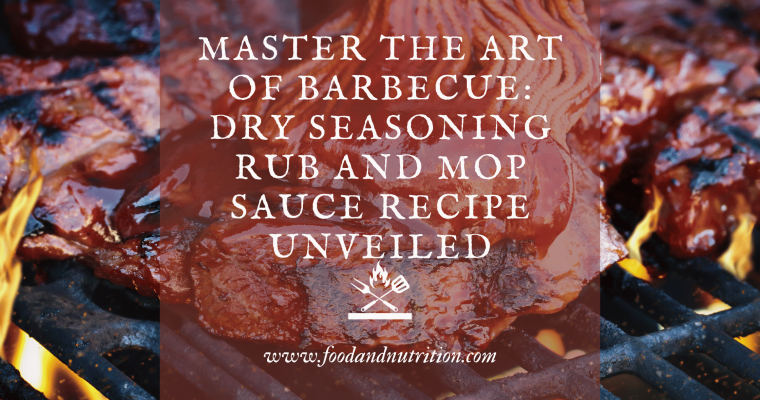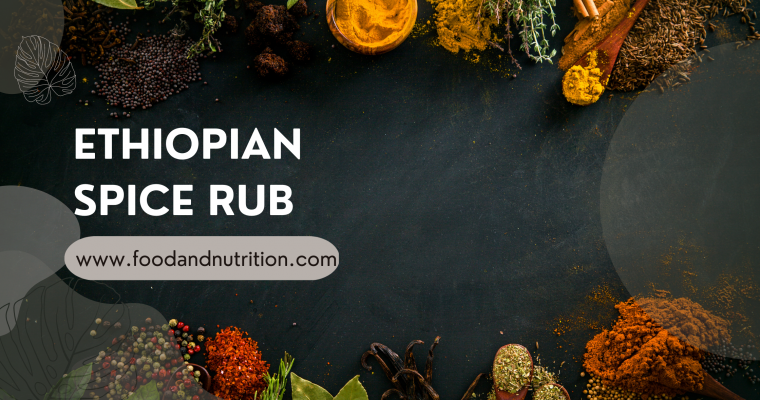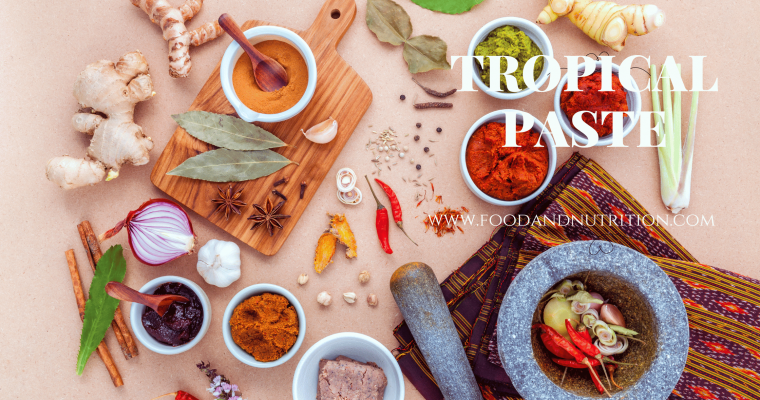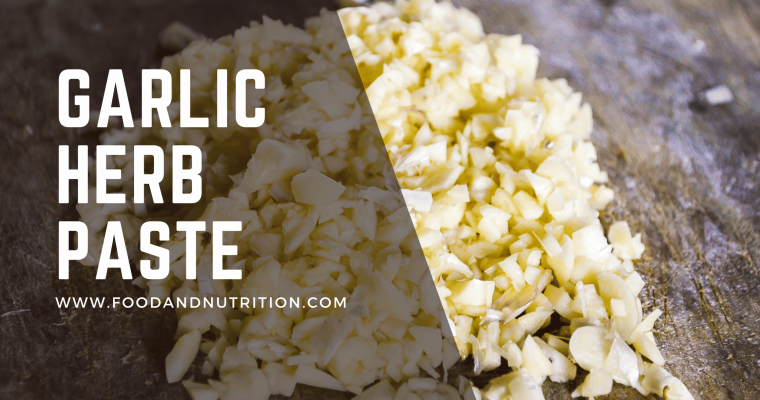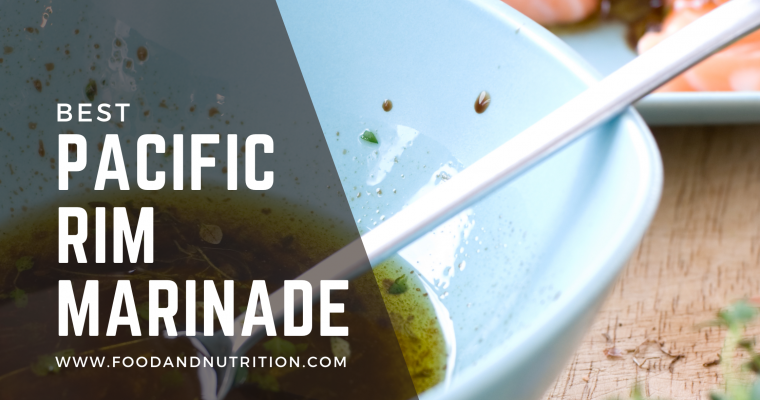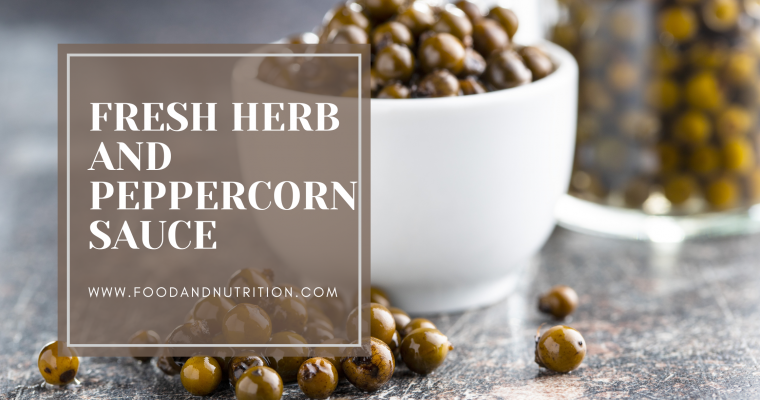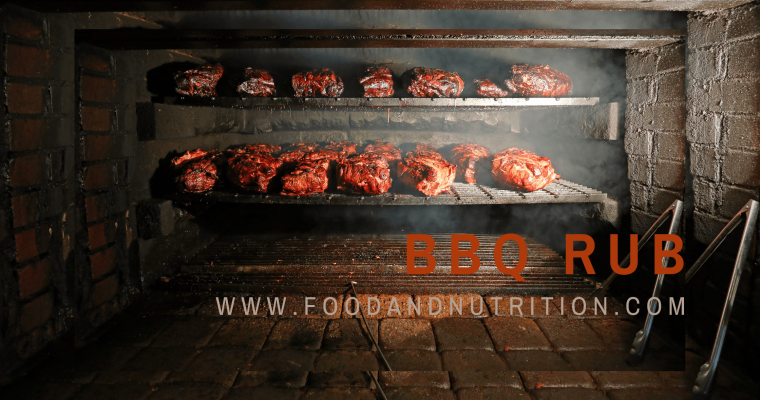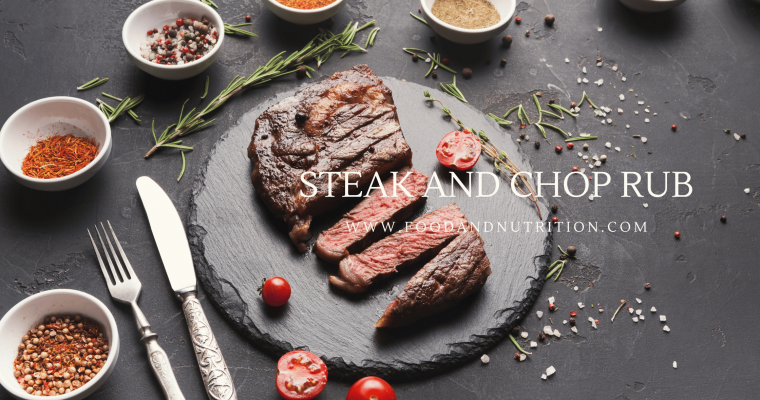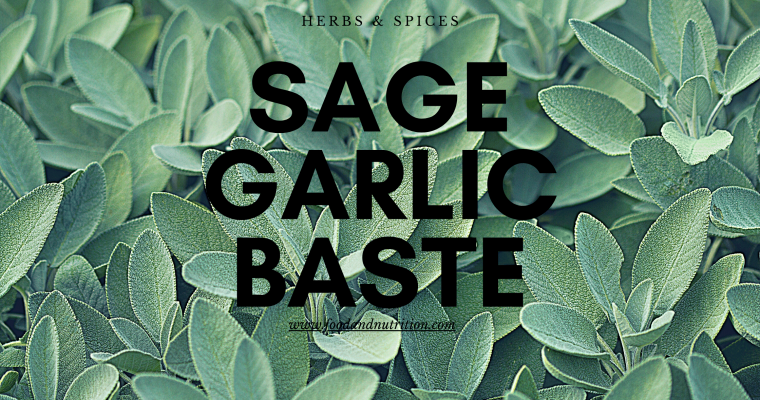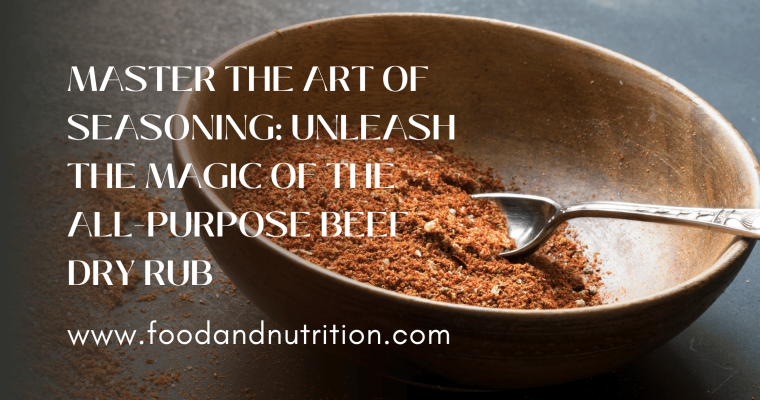The rich history of using herbs and spices to flavor food dates back to ancient civilizations. For millennia, these aromatic wonders have not only enhanced culinary delights but also held medicinal and spiritual significance.
Ancient Roots: In ancient Egypt, herbs and spices weren’t merely culinary treasures—they were vital for medicinal purposes and played a role in religious rituals. In the Middle Ages, spices were prized for their flavor and their ability to preserve food, even masking the taste of spoiling dishes in the absence of refrigeration. As trade routes expanded, the use of spices in cooking became more widespread.
Global Culinary Tapestry: Today, herbs and spices weave a flavorful tapestry across diverse cuisines worldwide, giving rise to popular seasoning blends such as curry powder, ras el hanout, herbes de Provence, and Cajun seasoning. Their versatility extends to meats, poultry, fish, vegetables, and grains, elevating dishes and crafting captivating flavor profiles.
The Art of Balance: When concocting herb and spice blends, it’s crucial to consider their health benefits and potential drawbacks. Many boast anti-inflammatory and antioxidant properties, allowing you to infuse flavor without relying on excessive salt or sugar. However, some herbs and spices contain compounds like oxalates or phytoestrogens that can be problematic in large quantities. Additionally, spices are often irradiated, prompting health considerations. Opting for organic, non-irradiated sources whenever possible is advisable.
Mastering the Symphony of Flavors: Discover the art of balancing herbs and spices to perfect your culinary creations. Too much can overwhelm the dish, so experiment with varying amounts and combinations to find your unique flavor equilibrium.
In summary, herbs and spices are culinary treasures deeply rooted in history, adding depth and character to our dishes. As you explore the world of flavors, embrace both their benefits and potential caveats. With mindful selection and experimentation, you’ll master the symphony of tastes and create culinary wonders that delight the palate.
